What Would Control Over Acids Actually Mean?
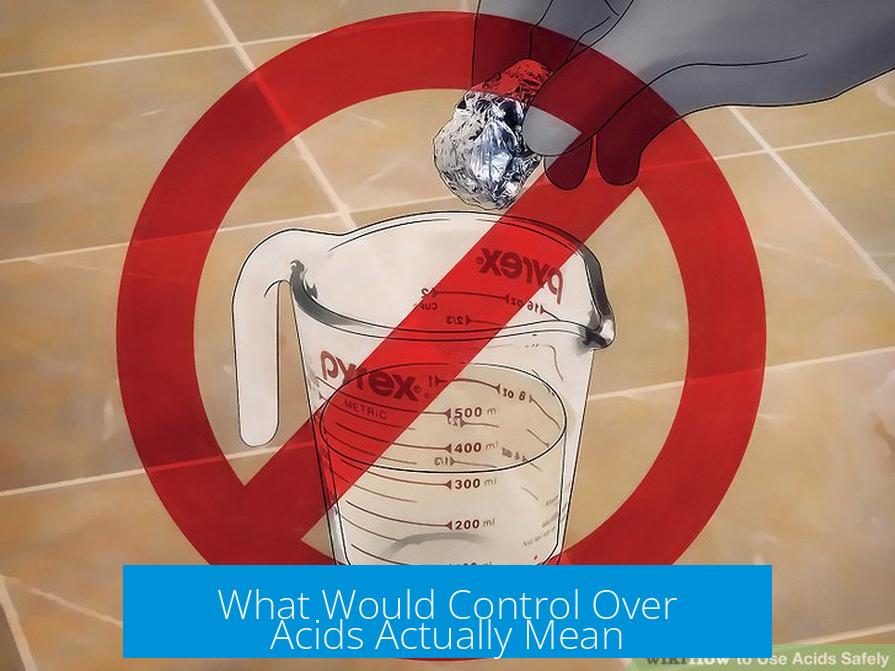
Control over acids fundamentally means having the ability to manipulate the concentration and effects of acidic substances—primarily protons (H+ ions)—in various environments. Such control would impact biological systems, chemical reactions, materials, and even energy states, enabling profound changes from molecular to macroscopic scales.
Understanding Acid Control: The Chemistry Basics
Acids are substances that release protons into aqueous solutions. The measure of acidity is the pH, indicating proton concentration. Controlling acids involves adjusting proton levels and their interactions with molecules and environments. At its core, this control means directing how protons associate or dissociate with compounds, influencing reactions and stability.
This proton manipulation extends beyond simple pH adjustment. It encompasses the ability to manage electron shifts linked to acid-base chemistry and to influence chemical equilibria. For instance, strong acids like sulfuric or hydrochloric acid can cause rapid proton donation, while weak acids establish dynamic equilibria that control solution behavior.
Biological Impact of Acid Control
Living organisms operate within a narrowly regulated pH range. Altering local acidity disrupts biochemical processes critical to life.
- Protein Structure and Function: Proteins rely on hydrogen bonds and ionic interactions that depend on pH. Shifting acidity changes protein folding and activity, affecting enzymes and structural proteins.
- Metabolic Disruption: Increasing acidity can inhibit enzymes, disrupt oxygen transport (by modifying hemoglobin), or interfere with cellular energy production, potentially causing organ failure.
- Cellular Damage: Highly concentrated acids cause direct chemical burns and tissue damage by breaking down cell membranes and red blood cells.
- Physiological Effects: Acid mists formed from volatile acids like hydrochloric acid irritate eyes and respiratory tracts, causing blindness or choking, which impacts survival.
Manipulating acidity inside the body could range from mild effects—such as causing indigestion due to heightened stomach acid—to fatal outcomes like internal hemorrhaging or cardiac failure.
Chemical and Material Consequences
Acid control extends to interactions with metals and industrial chemicals, with several practical uses and hazards:
- Metal Corrosion: Concentrated acids corrode metals by breaking chemical bonds at the surface, releasing hydrogen gas. This damage weakens weapons, machinery, or infrastructure.
- Energetic Reactions: Acid-metal reactions can produce flammable hydrogen gas, enabling explosions. Mixing acids with organic compounds can synthesize high-energy materials like TNT or guncotton.
- Dissolution of Precious Metals: Certain acids dissolve metals like gold, allowing recovery or destruction of valuables.
- Acid Rain and Atmospheric Effects: Acid aerosols can acidify environments, affecting ecosystems and visibility.
Advanced Chemical Control and Energy Implications
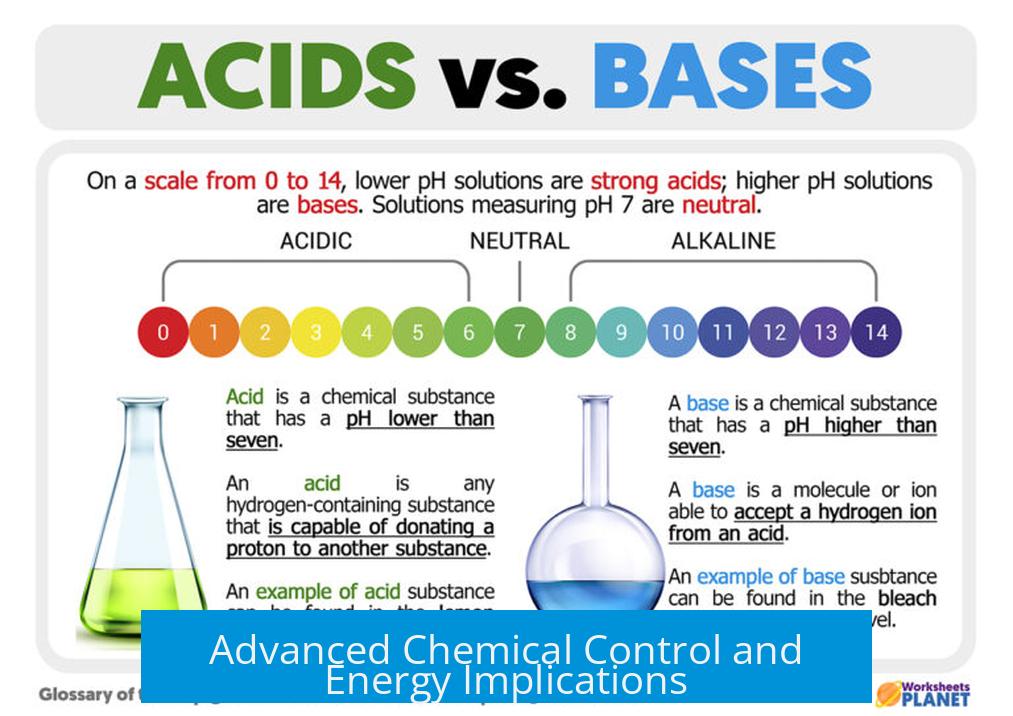
Manipulating acids at the molecular level can influence free energy, electron distribution, and protonation states. This control enables:
- Formation of Superacids: Creating acids like fluoroantimonic acid, capable of dissolving robust substances such as glass or sand.
- Generating Electricity: Proton manipulation creates charge separations, foundational to electric currents and bioenergetics.
- Controlled Chemical Synthesis: By adjusting acidity, one can direct chemical pathways, synthesize elements (for example, gold from chloroauric acid), or alter molecular structures.
Narrative and Theoretical Extensions
Control over acids symbolically represents the power to break down matter, shape life, and manipulate energy flows.
Applications include:
- Molecular Corrosion on Command: Instant degradation of materials, armor, or defenses.
- Biological Control: Inducing paralysis, hallucinations, or death through targeted pH shifts.
- Environmental Influence: Generating acid rain or mists to disrupt enemy forces or ecosystems.
- Metaphysical Manipulation: Dissolving intangible constructs such as memories or magical bindings by extending acid’s dissolving nature beyond matter.
- Energy and Proton Flux Control: Directing energy gradients or even nuclear-level forces through proton management.
Scientific Limitations and Real-World Context
The pH is a useful but imperfect parameter. Strong acid solutions may not conform to simple aqueous pH scales. Biological systems exhibit acid tolerance mechanisms, allowing adaptation through genetic regulation. Controlling acidity is also crucial in food safety and chemical processing, where acidity regulators moderate taste, safety, and chemical stability.
Full mastery of acid control requires the ability to manage proton concentration, electron distribution, and molecular stability with precision. It also involves understanding water’s role as both solvent and participant in proton exchanges.
Key Takeaways
- Controlling acids means manipulating proton concentrations and their chemical interactions.
- This control can alter biological functions by changing protein structures, metabolism, and cell integrity.
- Acid manipulation affects metals and materials via corrosion and energetic chemical reactions.
- Advanced control enables energy manipulation, chemical synthesis, and protonation state changes.
- Biological systems have limited pH tolerance; small changes can disrupt life processes drastically.
- Control over acidity extends beyond chemistry to environmental, narrative, and potentially metaphysical effects.
What Would Control Over Acids Actually Mean?
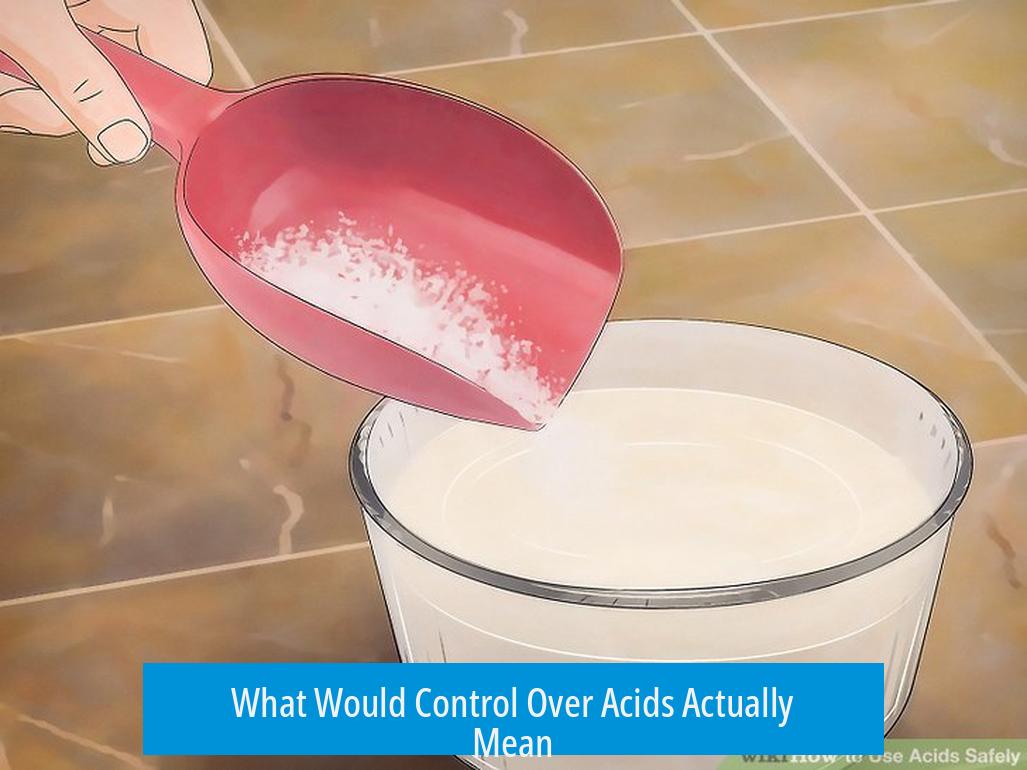
Control over acids means wielding the power to manipulate pH levels, proton concentrations, and the very chemistry that governs life and matter. It opens doors to effects ranging from subtle biological tweaks to catastrophic material breakdowns. So, what does that really look like?
Imagine having keys not just to chemistry textbooks but to the core of life and matter itself. That’s acid control.
1. Mastering pH: Life’s Delicate Balance
At its heart, acid control involves manipulating pH, the measure of acidity or alkalinity in a solution. The pH scale is famously narrow for life—most organisms cling to a range around neutrality, about 7, and step too far, they don’t survive.
This matters because acids release protons (hydrogen ions), which influence everything from enzyme activity to cellular integrity. Strongly altering local pH can wreak havoc on living tissue.
“Control over acids would allow you to kill just about any living thing that has water in their biology,” since moderate deviations in pH are lethal to cells.
So, if someone could supercharge acidity around or within a body, it’d be like setting off a biochemical landmine. Proteins—built from amino acids—would change shape or function unpredictably, breaking the very machines that run life’s processes.
2. Proteins, DNA, and the Domino Effect of Acidity
Proteins are direct victims of acid control. Their folding depends heavily on pH. Mess with that, and you sabotage their function. Hemoglobin, responsible for transporting oxygen in blood, could be rendered useless with a pH change. Worse yet, the mitochondria could shut down, stopping heart energy production.
And yes, DNA itself is acidic. With enough mastery, you could tweak genetic code or trigger instant mutations, like inducing Creutzfeldt-Jakob disease (the human form of mad cow disease) without pesky viral agents. Acid manipulation is, in a way, a tool for instant biological chaos at molecular level.
3. Acid’s Brutal Clout: Physical and Chemical Damage
If you think acid is just a chemical irritant, think bigger. Highly concentrated acids like 30% sulfuric acid don’t just sting; mixing them with water releases intense heat. In the blood vessels, this could rupture veins or literally melt red blood cells.
Even the eyes aren’t safe. A mist of hydrochloric acid gas can blind or choke, delivering both devastating injury and a dramatic visual effect. Acid control here becomes a weapon of pain and terror.
4. Acids Vs. Metals: Corrosion and Explosions

On a more mechanical level, acids corrode metals. This isn’t just rusting; it’s rapid structural decay. Imagine suddenly making an enemy’s sword edge brittle and pitted mid-battle.
Adding to the fun, reacting acids with metals produces hydrogen gas—a flammable and explosive mess. Combine nitric and sulfuric acids with toluene, and you get TNT; with cotton, guncotton. Acid control wields the raw power of explosives.
5. Practical (and Mischievous) Uses of Acid Control
- Dissolving precious metals like gold—practical for heists or pranks. “Sorry, officer, this? Just some acid residue, really.”
- Amplifying stomach acid turns it into a superacid, dissolving the body from inside.
- Non-lethal annoyances like heartburn and indigestion—enough to distract or disable without killing.
Control over acid is not only about destruction but subtle sabotage and biological manipulation.
6. Understanding Acids on a Molecular Level
Acids, chemically, are concentrations of free protons in solution. Controlling acids means commanding these protons or the electron transfers that define acid-base reactions. This extends to shifting electron densities, creating or neutralizing acids, and ultimately controlling free energy in chemical systems.
For example, fluoroantimonic acid can burn sand—a seemingly impossible feat because it’s the strongest superacid known. This hints that acid control might allow matter to be obliterated at will.
Moreover, acids like chloroauric acid enable the formation of gold by adding bases like limestone. Unlimited gold, anyone? Imagine that alchemy.
7. Acid Control’s Role in Energy and Genetics
By controlling proton movement, you manipulate charges, potential energy, and biochemical reactions. Proton gradients power mitochondria. If you tweak these on command, you control energy production in cells.
You could theoretically generate electricity through proton flow, manipulate genetic material by altering acid-based DNA, or even cause dramatic mutations. Acid control isn’t just chemistry; it’s life control.
8. Overcoming Limitations: pH Nuances and Acid Tolerance
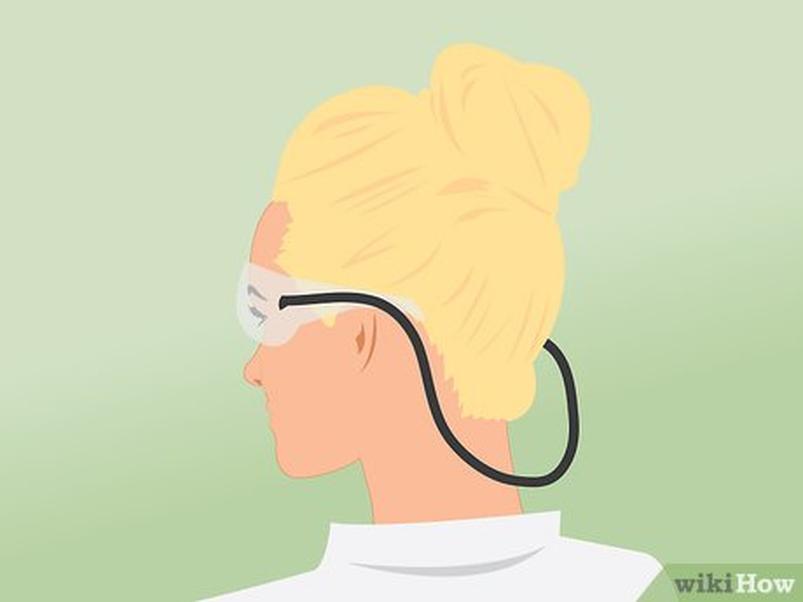
It’s important to note that pH is a handy control point but not always the full story. For strong acids like sulfuric acid in concentrated form, pH values lose meaning—the solution is so devoid of free water that classical pH doesn’t apply.
Living organisms develop acid tolerance as an active process, regulated by genes, helping them survive some acid exposure. Yet, an acid controller could override these defenses, making survival impossible.
9. Narrative and Creative Angles
Taking acid control beyond the lab, imagine a character who can command molecular corrosion on demand. Metal armor melts, magical shields dissolve. An aura of acidic mist blinds foes, or acid rain darkens the battlefield.
Acid control can stretch metaphorically—dissolving not only matter but memories, identities, loyalty, or even reality’s fabric. Could your acid wielder unravel a foe’s confidence as easily as their armor? That’s storytelling gold.
With proton control, you flirt with energy manipulation bordering on nuclear forces—god-like power beckons.
10. Real-World Applications and Challenges
In reality, acidity regulators are crucial to food safety and processing. They ensure proper taste and prevent harmful bacterial growth by controlling pH precisely. So, “controlling acids” also means balancing delicate environments, not just causing destruction.
For industrial acid control, neutralization targets spent acids and bases to balance environments safely, revealing a practical side of acid mastery: safety and regulation.
Summary: What Control Over Acids Truly Means
Control over acids is a gateway to manipulating life, matter, and energy at fundamental levels. It ranges from biochemical sabotage, like shutting down the heart’s mitochondria, to material devastation, like corroding steel or creating explosives on the fly. The power extends even to influencing genetic material, biological pathways, and potentially even conceptual or metaphysical realms.
Acid control is chemical manipulation on steroids. Instead of vague “elemental powers,” it demands precise command over pH, protons, and electron flows. This precision opens creative possibilities rarely touched by other elemental forces, blending science with thrilling narrative potential.
So, what would control over acids actually mean? It means commanding the essence of chemistry and biology alike—turning molecules into weapons, defenses, or tools. Whether for healing, harming, or just causing chaos, acid control is one of the most versatile and devastating powers imaginable.
Bonus: Tips to Imagine Acid Control in Your Story or Game
- Think small—start with pH tweaks that induce nausea or hallucinations.
- Scale up to tissue damage: bleaching skin, dissolving armor, or breaking down enemy weapons.
- Introduce energy effects: generate heat or light by controlled acid reactions.
- Develop unique acid types with special traits—fluoroantimonic for ultra-corrosion, hydrofluoric for glass-piercing and stealth.
- Explore metaphysical angles—acid powers that dissolve illusions or mental barriers.
- Use acid control for tactical sabotage, like ruining technology or materials mid-fight.
With acid control, the possibilities drip with potential—and just a little bit of danger.
What does control over acids mean in terms of biological impact?
It means you could alter pH to kill most life that depends on water. Changing acidity affects proteins, blood function, and energy production. You might induce diseases or cause heart attacks by disrupting cellular functions.
How could acid control affect physical materials?
Acids can corrode metals, weaken weapons, or cause explosions by releasing gases like hydrogen. This lets you sabotage metal tools or create powerful explosives using certain acid mixtures.
Can acid control be used non-lethally?
Yes, you could cause indigestion or heartburn by amplifying stomach acid, distracting someone without fatal harm. Diluted acids could damage tissues less severely but still impair targets.
What does controlling acids involve chemically?
It means managing protons (hydrogen ions) and electron transfers. Controlling protonation states can change pH, create charge differences, and even generate electricity or new chemicals like chlorine gas.
Could acid control alter genetic or molecular structures?
Yes, since DNA is acidic, manipulating acids could mutate organisms. Acid control allows changing molecular shapes and functions, potentially rewriting biological processes on a genetic level.
What practical uses come from acid control beyond combat?
You could dissolve precious metals like gold, useful for smuggling or pranks. Also, you might convert materials or generate energy by creating superacids or influencing chemical equilibria.


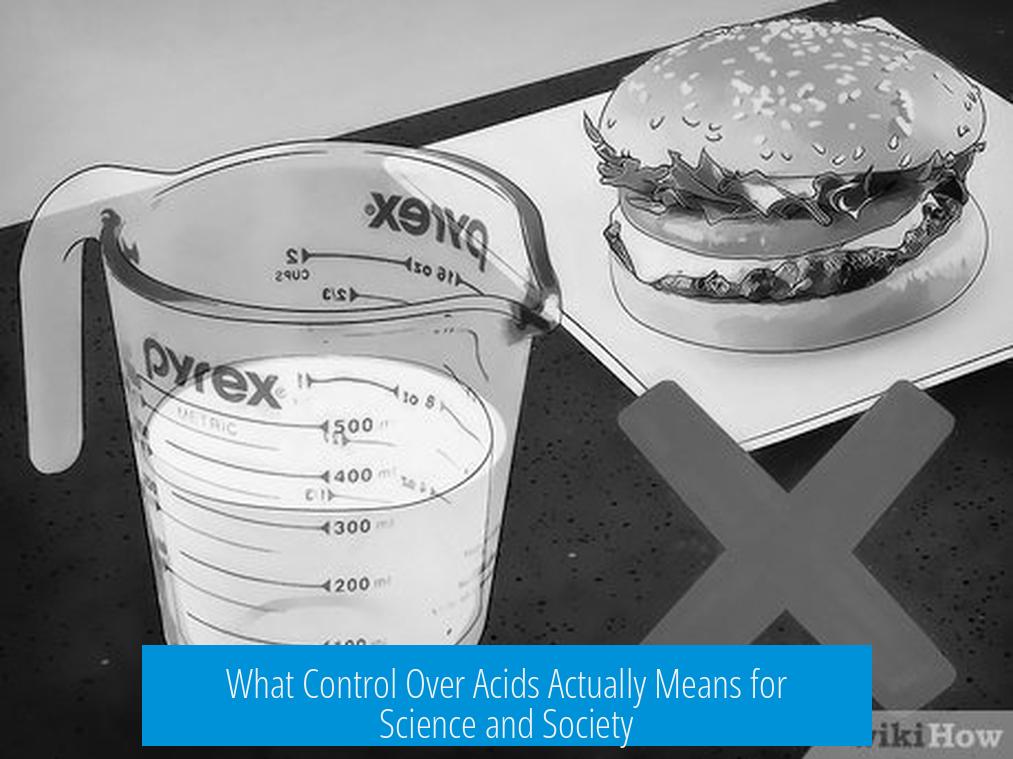


Leave a Comment